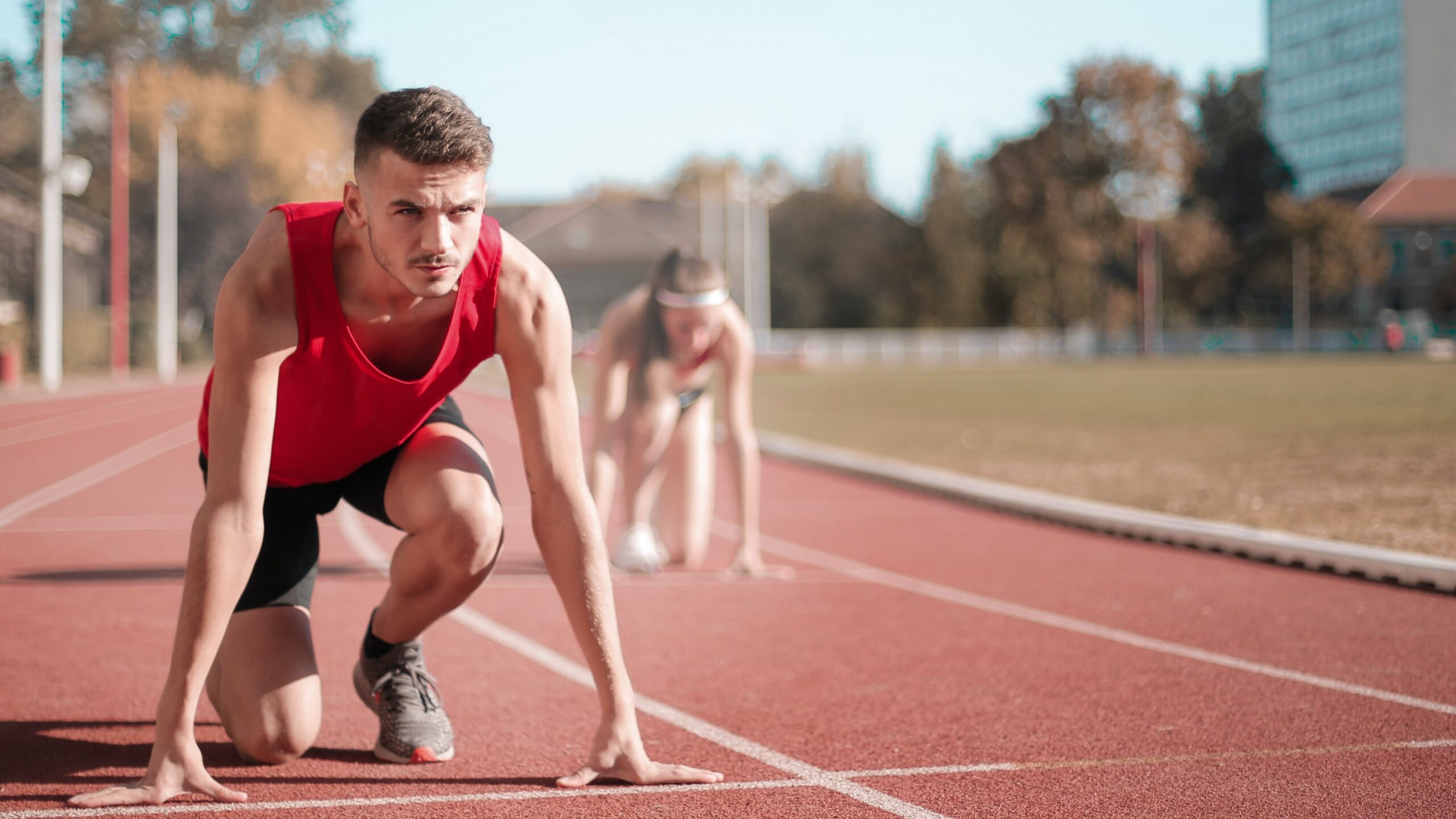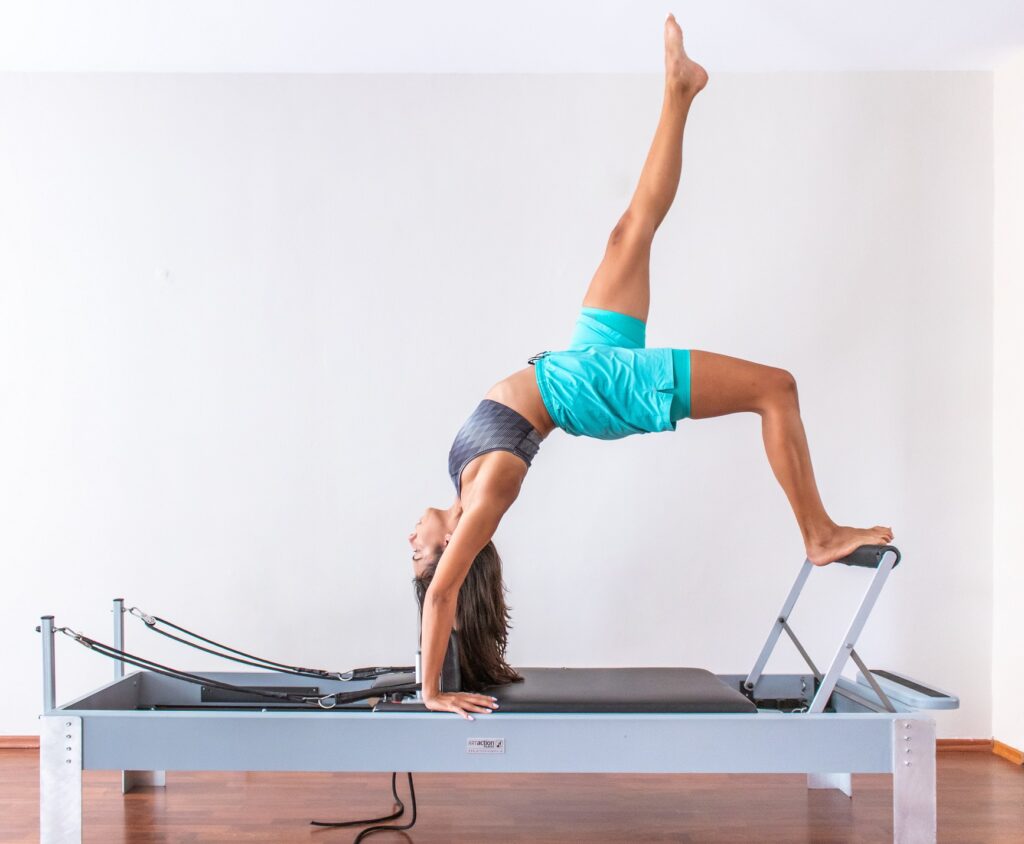What is Pilates And What Does It Do?
Pilates is a form of exercise that focuses on strengthening the core muscles of the body. Developed by Joseph Pilates in the early 20th century, Pilates has become a popular form of exercise around the world. Pilates is known for its ability to improve strength, flexibility, and posture, and can be practiced by people of all ages and fitness levels.
Pilates exercises are performed on a mat or with special equipment such as a reformer, cadillac, or chair. The exercises are designed to be low impact and easy on the joints, making it a great option for people who may have joint pain or other limitations.
One of the primary benefits of Pilates is its focus on the core muscles. These muscles, which include the abs, back, and pelvic floor, are responsible for stabilizing the body and providing support for the spine. Strengthening these muscles can improve overall posture, reduce back pain, and enhance overall body awareness.
In addition to strengthening the core muscles, Pilates also focuses on improving flexibility and balance. Many of the exercises involve stretching and lengthening the muscles, which can help to improve range of motion and reduce the risk of injury. Additionally, the focus on balance can improve overall coordination and control of the body.
Pilates is also known for its ability to promote relaxation and reduce stress. The emphasis on breathing and controlled movement can help to calm the mind and promote a sense of mindfulness. This can be particularly beneficial for individuals who experience anxiety or stress in their daily lives.
One of the unique aspects of Pilates is its adaptability to individual needs and goals. Pilates exercises can be modified to accommodate different fitness levels, injuries, and conditions. This means that people of all ages and abilities can benefit from Pilates, whether they are recovering from an injury or looking to improve overall fitness.
For example, individuals who are recovering from a back injury may benefit from Pilates exercises that focus on strengthening the core and improving flexibility. Similarly, older adults may benefit from Pilates exercises that improve balance and coordination, which can reduce the risk of falls.
In addition to its physical benefits, Pilates has also been shown to have psychological benefits. Research has found that Pilates can improve mood, reduce anxiety, and enhance overall well-being. This may be due to the focus on mindfulness and relaxation during the practice of Pilates.
Another benefit of Pilates is its ability to enhance athletic performance. Many professional athletes incorporate Pilates into their training programs, as it can improve overall strength and flexibility, reduce the risk of injury, and improve coordination and control.
Pilates is a versatile and effective form of exercise that can benefit individuals of all ages and fitness levels. With its focus on core strength, flexibility, and balance, Pilates can improve overall fitness, reduce the risk of injury, and enhance overall well-being. Whether you are recovering from an injury or looking to improve your fitness, Pilates is a great option to consider.
Pilates can provide a wide range of benefits for the body. One of the key benefits is improved posture, as the exercises focus on strengthening the muscles that support the spine. Poor posture can lead to a range of health problems, including back pain, neck pain, and headaches. By improving posture, Pilates can help to alleviate these issues and improve overall comfort.
Another benefit of Pilates is improved flexibility, which is essential for maintaining mobility and reducing the risk of injury. Many of the exercises involve stretching and lengthening the muscles, which can improve range of motion and reduce stiffness. This can be particularly beneficial for individuals who spend long periods sitting or standing, as these activities can cause muscles to become tight and inflexible.
Pilates can also be beneficial for individuals who are recovering from injuries or managing chronic conditions. The low-impact nature of Pilates makes it a safe and effective option for individuals with conditions such as arthritis, osteoporosis, or chronic pain. Pilates can help to improve strength, flexibility, and overall function, which can improve quality of life and reduce the need for medication or other interventions.
For individuals who are looking to improve their athletic performance, Pilates can be a valuable addition to their training program. Many professional athletes incorporate Pilates into their routines to improve strength, flexibility, and control. Pilates can also be effective for preventing injuries, as it can improve the stability and support of the joints.
In addition to physical benefits, Pilates can also provide psychological benefits. The focus on mindfulness and relaxation during Pilates can help to reduce stress and anxiety, which can have a positive impact on mental health. Pilates can also improve overall mood and enhance feelings of well-being.
There are many different types of Pilates, each with its own unique approach and focus. Classical Pilates, for example, is based on the original teachings of Joseph Pilates and focuses on precise movements and control. Contemporary Pilates, on the other hand, incorporates modern techniques and equipment to provide a more dynamic and challenging workout. Regardless of the type of Pilates, the underlying principles remain the same: to improve strength, flexibility, and control of the body.
Pilates is a versatile and effective form of exercise that can benefit individuals of all ages and fitness levels. Whether you are recovering from an injury, looking to improve your athletic performance, or simply seeking a low-impact workout that can improve your overall well-being, Pilates is a great option to consider. With its emphasis on core strength, flexibility, and balance, Pilates can provide a range of benefits for the body and mind.

